Understanding the Importance of Job Descriptions
When pursuing roles in technology, job seekers often overlook the value packed into job descriptions. Many applicants blast their resumes to countless openings, hoping something sticks—only to receive few responses. This scattershot approach commonly misses the mark, largely because candidates fail to carefully review these foundational documents. A job description is, in essence, your first set of instructions for success in the hiring process.

What Does a Job Description Offer?
Every job listing communicates an employer's expectations for their ideal candidate. This information typically covers:
- Essential skills and technologies required to fulfill the position
- Desirable levels and types of experience (such as years in a certain domain or familiarity with particular systems)
- Core duties and responsibilities for the role
- Insights into company culture and team dynamics
Reading the job description carefully will not only help you assess if the position is right for you, but it can also shape your preparation for interviews, including behavioral and technical components.
How to Read a Job Description Effectively
- Start with the Overview
Look for an introductory summary of the role. This section often hints at what the organization values most and sets the stage for their expectations. - Highlight the Required Skills
Identify the must-have abilities and technologies. These are often non-negotiable and key to passing initial resume screenings. - Review the Desired Experience
Spot what differentiates ideal candidates. This may include certain industries, projects, or even soft skills. - Note the Responsibilities
Study the list of expected duties. Ensure you are comfortable, or can quickly become effective, in these areas. - Pay Attention to Buzzwords
The language used in a job description reveals aspects of the company’s environment and priorities. Terms like "fast-paced,” “innovative,” or “collaborative” can indicate the work environment.
Tips for Using Job Descriptions to Your Advantage
- Customize your application materials to reflect the most relevant skills and experiences.
- Prepare for interviews by anticipating questions related to the stated requirements and responsibilities.
- Self-assess to understand where your strengths match or where you’ll need to quickly upskill.
- Identify red flags or deal breakers early, saving you time on roles that don’t align with your goals.
Sample Anatomy of a Tech Job Description
| Section | Purpose |
|---|---|
| Summary | Briefly introduces the job and context |
| Required Skills | Lists must-have technical and non-technical abilities |
| Preferred Skills | Highlights desirable but non-essential qualifications |
| Responsibilities | Details daily tasks and project involvement |
| Company Overview | Shares mission, values, and cultural environment |
Conclusion
Job descriptions are more than routine paperwork—they are the blueprint for landing your next opportunity. Approaching these documents with a critical and thorough eye will enable you to fine-tune your strategy, stand out as a tailored applicant, and step confidently into interview conversations. Treat them as your roadmap to success, not just a hurdle to clear on your application journey.